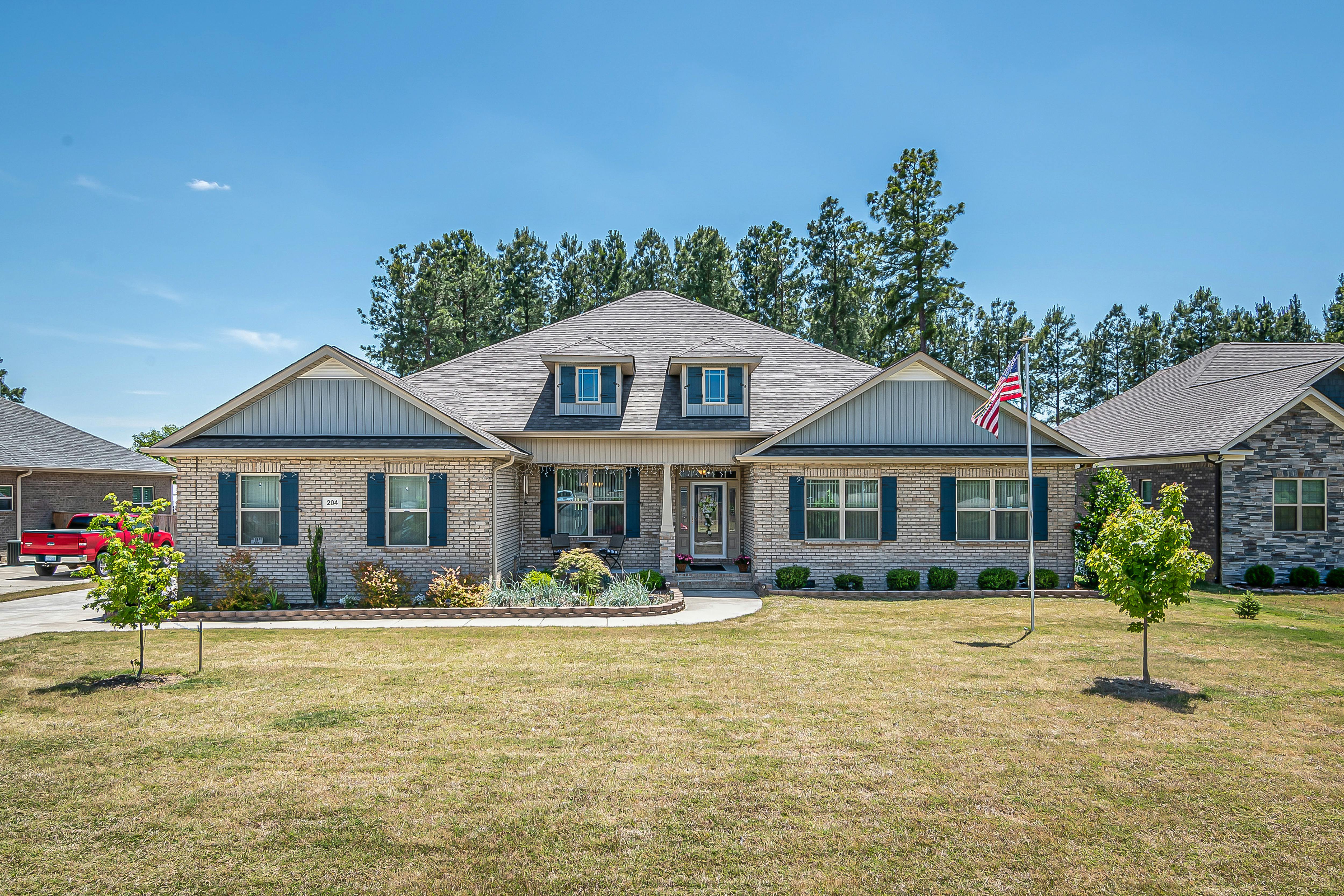To clarify, let’s describe what Real Estate Owned or “REO” is. Real Estate repossessed by an Institutional Lender (mainly banks, mortgage companies, insurance companies, etc.) and now owned by that Lender is REO property. Most lenders have an REO department within their company, usually managed by an REO officer, bank employee, or other lender. Lenders definitely do not want to own properties that they have had to foreclose on. They are under pressure from federal banking regulators and/or others to get rid of these properties. This also reduces your ability to make new loans.
Today, the short sale is a very popular method of buying these foreclosed (or about to be foreclosed) properties from banks. There is another method or technique that has been used by real estate investors for many years which is known as the “REO Formula”.
Let’s see an example for the use of the REO Formula.
Let’s say you are a real estate agent with a very active and wealthy investment client who owns multiple properties and is always looking for a way to acquire more property and/or raise cash. It seems that many investors always need cash to make another “deal”.
Let’s say your client owns several parcels of good land to develop. You would like to acquire more income-producing properties. You hear from one of your official REO contacts about a small apartment complex for which the bank would accept $250,000. He knows that the fair market value of the units should be around $350,000.
After consulting with your client, you come up with the following proposal to the bank:
1) Your client will trade development land valued at $250,000 to the bank for the apartments, provided the bank will loan your client $175,000 (70% LTV) in cash for the apartments.
two) Your client will then buy back the land from the bank with a down payment of $87,500 and the bank will loan the balance of $162,500 (65% LTV).
Let’s see the benefits for both parties:
A. YOUR CLIENT
1. You have completed a tax-deferred exchange of your development land for the apartments.
2. You have $87,500 in cash that is also tax deferred.
3. You have traded idle land for income-producing property.
B. THE BANK
1. You have traded an unwanted REO property (one bad loan) for two good loans from a capable borrower.
Another way this could be structured could be for the bank to make the loan on their client’s land. Then your client could buy the apartments with a down payment and a loan from the bank. However, using this method would not have the same tax benefits. Please note that I am not giving tax advice here. Before structuring any transaction that may have tax ramifications, you or anyone should consult a CPA or tax professional.
These publications are the opinion of the author who is not engaged in rendering legal, accounting or investment advice. If such advice is required or desired, the services of competent professionals should be sought.
